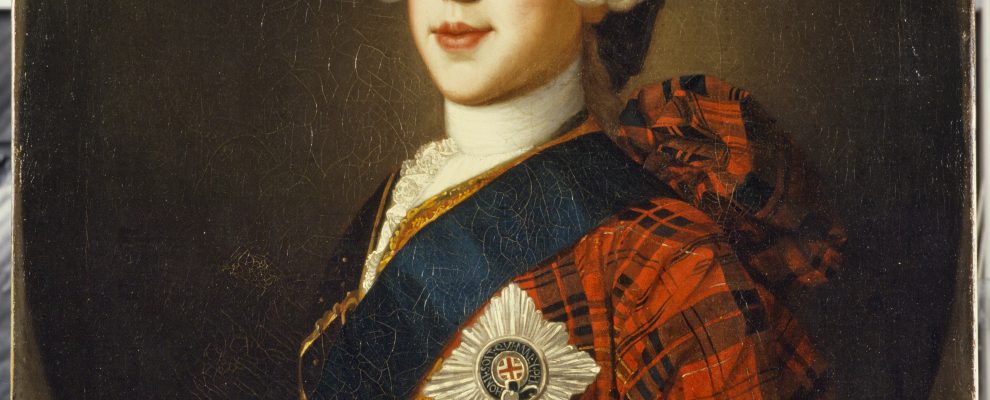‘… we Rom: Catholicks are oblig’d to behave with all the duty and Allegiance of true Faithfull Subjects to his Majesty on the Throne … in the same manner as if we were admitted to take an Oath of so doing.’
– Sir Edward Gascoigne, 1745
Sir Edward Gascoigne, was, like his friend Charles, 9th Viscount Fairfax of Emley, a Catholic and a member of the English landowning social elite. The lines above are from a letter written by Sir Edward to a Protestant friend upon the outbreak of the 1745 Jacobite Rising, in which he also goes on to describe Prince Charles Edward Stuart’s army as ‘these presumptuous Disturbers of the Publick Peace’.
King James II’s Catholicism and his extension of tolerance to Catholics had been a primary reason for the ‘Glorious Revolution’ of 1688, which saw James ejected from his throne in favour of the Protestant dual monarchy of William of Orange and Queen Mary. The Stuarts remained Catholic, and Catholicism was an important motivation for many who subsequently identified with the Jacobite cause. Yet, as Sir Edward Gascoigne’s words suggest, ‘Catholic’ did not simply equal ‘Jacobite’.
Certainly the Fairfaxes by their actions during the 1745 rising and afterwards gave no indication of wanting anything other to live at peace, whatever their private feelings towards the Hanoverians may have been. They maintained good relationships with their neighbours and participated in the social and cultural world of elite Georgian society. When an unfounded rumour led to the Fairfaxes’ country estate at Gilling being searched for weapons by the militia in 1745, Viscount Fairfax drank King George’s health with the officer leading the search.
Such complex and ambiguous patterns of identity and allegiance were repeated throughout Georgian society in the period of the Jacobite rebellions and their aftermath. A leading figure in the 1715 Jacobite rising was the Protestant Duke of Ormonde, who, as a Tory, resented the exclusion of the Tories from power under George II. Many Scots who sided with the Stuart cause against the Hanoverians resented the political and economic consequences of the Act of Union more than they did the Hanoverian succession. Among the Highland clans Jacobitism was not universal. Some clans, such as Mackenzie, were divided, while clans with long histories of rivalry often took different sides in the conflict. Such was the case with the long-standing conflict between the MacDonalds and the Campbells, although the latter clan’s long association with Protestantism also played a role in their choice of Hanoverian allegiance. Tartan was on display in the ranks of the Government’s forces, just as it was on the other side of the conflict.
The Jacobite rebellions cut through all levels of British eighteenth-century society, but the divisions and lines of allegiance were by no means always clear-cut.

Source: In the Name of the Rose: The Jacobite Rebellions, Symbolism and Allegiance (Fairfax House, 2013)
